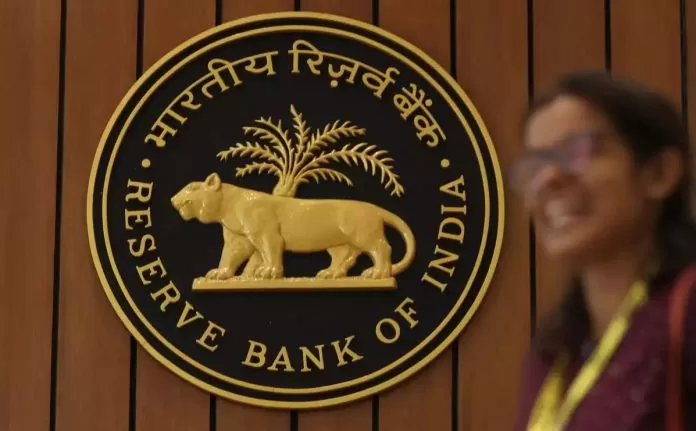
RBI Web Series: The Reserve Bank of India (RBI), known as the boss of banks in the country, is planning to bring a web series on its functioning and 90-year journey. This web series will be of five episodes. On the occasion of completion of 90 years of RBI, bids have been sought through e-tender for the production and distribution of the web series. According to the official document of e-tender, the web series will be about 3 hours long and the duration of one episode is proposed to be 25-30 minutes. It will be broadcast on TV channel or OTT platform.
What will be special in RBI's web series?
RBI completed 90 years of its establishment in April this year. RBI said that this 5-episode series will increase people's understanding about the important role of the central bank in the country's economy so that RBI's engagement with the public can be promoted. In this web series, both the vision and mission of RBI will be explained.
When and how was RBI established?
The Reserve Bank of India is the central bank of the country which is the banking regulator. It makes rules for the operation of all banks and monitors them. RBI sets the interest rates. The Reserve Bank of India was established during the British period. Based on the recommendations of the Hilton Young Commission, the Reserve Bank was formed to control the country's currency and credit. It was established under the Reserve Bank of India Act, 1934. RBI started functioning on April 1, 1935.
Main functions of RBI
Right to print notes: RBI has the monopoly of printing notes. RBI issues all types of notes except one rupee note (issued only by the Finance Ministry).
Framing of rules for banks: The RBI makes rules for the Indian government and the country's banks, as well as sets interest rates.
Control over Foreign Exchange Reserves: RBI is the custodian of the country's foreign exchange reserves. It buys and sells foreign currencies with the aim of keeping the country's foreign exchange rate stable.
 look news india
look news india